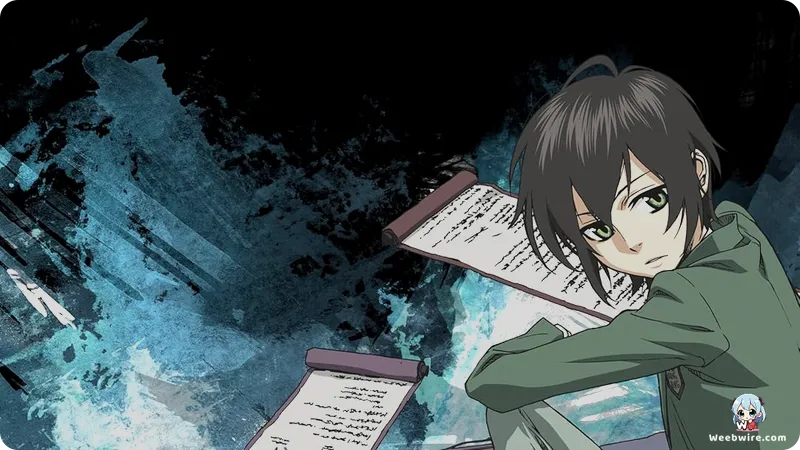The Existential Divide: Why Nabari no Ou's Manga Delivers a Darker, More Complex Ending Than the Anime

Nabari no Ou, which premiered in 2008, remains a distinctive entry in the supernatural action genre. It offers a narrative deeply focused on psychological drama and introspection rather than traditional ninja combat. The series centers on Miharu Rokujou, a seemingly apathetic middle school student who unknowingly possesses the Shinrabanshou, the ultimate secret art of the hidden ninja world. The story's enduring appeal stems from the profound complexity of its character dynamics and the significant contrast between the conclusions of its television adaptation and the source manga, a detail that continues to generate discussion among fans.
The Critical Divergence Between Anime and Manga Endings
A key piece of production history explains the necessity of the anime's original conclusion. The J.C.STAFF adaptation began production while Yuhki Kamatani’s manga was still being serialized in Square Enix's Monthly GFantasy. This timeline required the anime staff to create a definitive ending before the source material was complete, leading them to devise a unique, self-contained finale. This divergence significantly altered the series' thematic resolution.
The anime presented a bittersweet yet ultimately hopeful path for Miharu and the tragic figure, Yoite. It suggested a successful integration of the Shinrabanshou's power and offered Miharu a chance to achieve a sense of normalcy.
In contrast, the manga, which continued serialization for another year, delivered a far more devastating and existential resolution. Kamatani explored the genuine and terrible cost of wielding god-like power, concluding with a psychologically taxing finale centered on ultimate sacrifice and the crushing burden of omniscience. This darker resolution cemented the manga's reputation for tackling complex and mature themes.

Miharu Rokujou: A Study in Emotional Indifference
Miharu Rokujou is a masterclass in psychological characterization. His defining trait, a profound emotional indifference, is not a simple narrative device but a sophisticated coping mechanism. It developed in response to the trauma of his past and the terrifying presence of the Shinrabanshou. This 'god's eye' perspective effectively strips away authentic emotion, leaving him functional yet fundamentally detached. The source material meticulously illustrates this internal struggle, revealing that his unsettlingly cheerful smile often masks a deep void and a desperate yearning to simply feel human.
Furthermore, the sophisticated world-building redefines Ninjutsu not merely as historical fighting techniques but as metaphysical powers, specifically Ki manipulation, rooted in the natural world. Yoite’s signature technique, Kira (meaning 'glitter' or 'sparkle'), tragically exemplifies this connection, as it is a power that erases existence. Poetically, Yoite desires nothing more than to use Kira on himself to achieve non-existence and escape his trauma. The profound tragedy inherent in Yoite’s character, constantly seeking erasure while wielding a tool of beautiful destruction, forms a crucial emotional foundation for the series. J.C.STAFF successfully captured this moody atmosphere, balancing brief, brutal action sequences with long periods of intense, introspective dialogue, solidifying Nabari no Ou as a brilliant study of identity, power, and the shadows within the modern ninja world.
Credits
Nabari no Ou
Author
Yuhki Kamatani
Cover Art
Yuhki Kamatani
Studio
J.C.STAFF
Publisher
Square Enix
Producers





